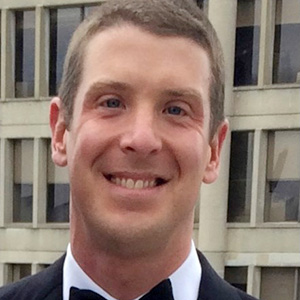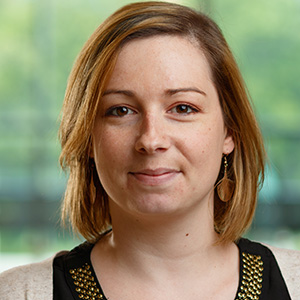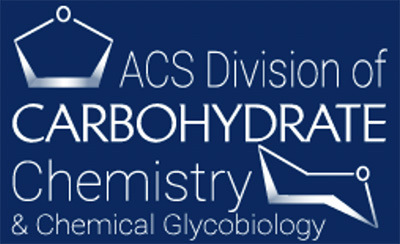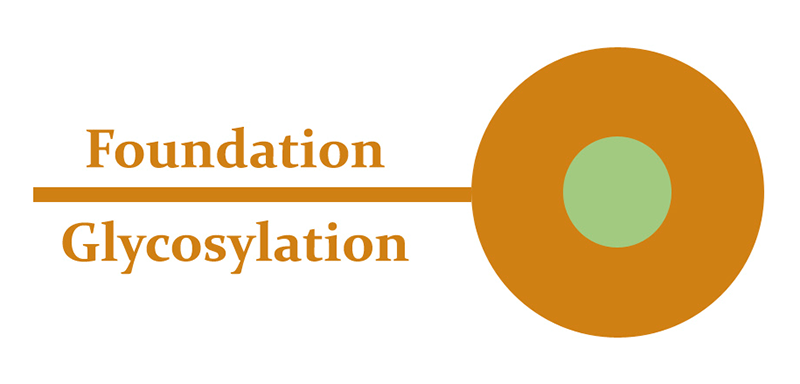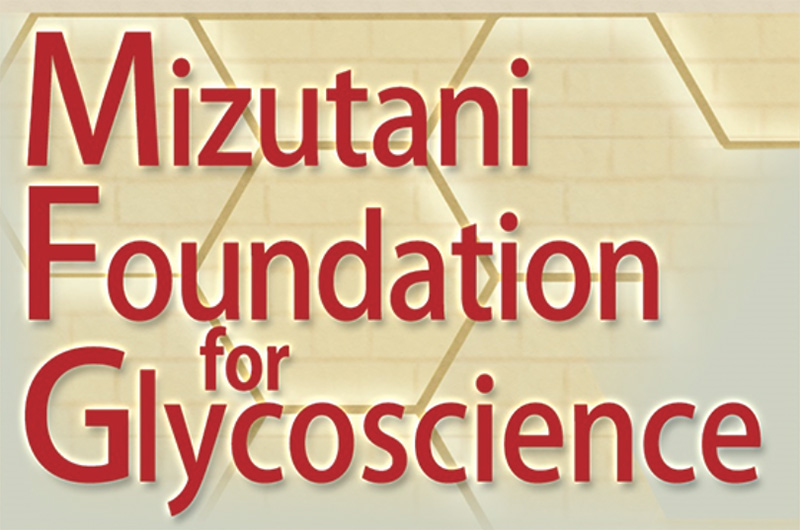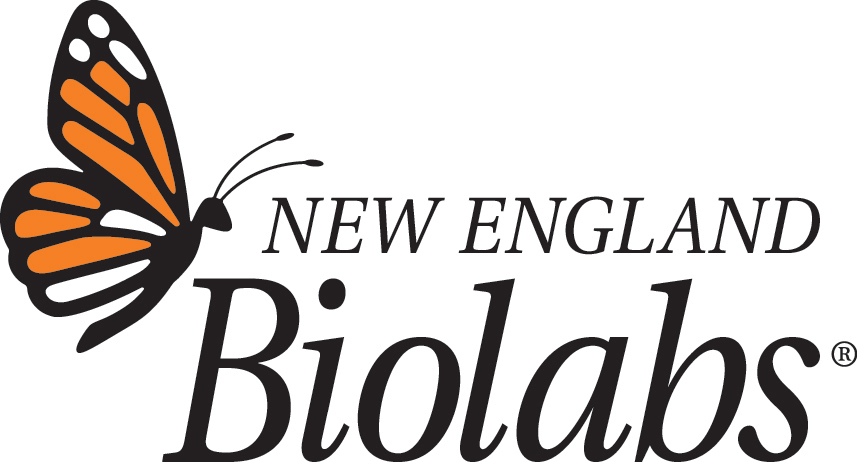O-GlcNAcylation in health and disease
July 10–13, 2025
JB Duke Hotel, Durham, N.C.
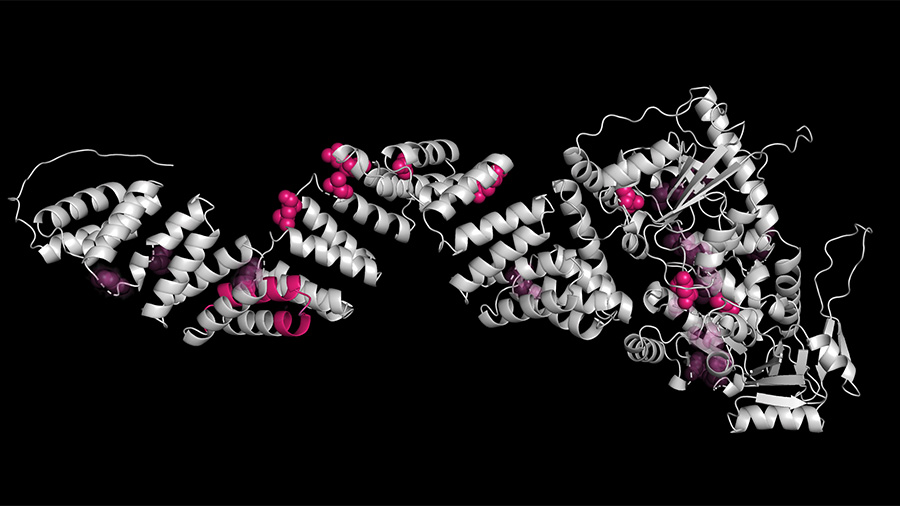
2024 marked the 40th anniversary of the discovery of protein O-GlcNAcylation. Since its discovery, the importance of post-translational protein O-GlcNAcylation has been recognized across diverse biomedical research areas. It plays a pivotal role in helping us understand how environmental factors impact signaling pathways and the onset of a range of diseases. This modification of proteins found in the nucleus, mitochondria and cytoplasm has far-reaching implications for governing cellular biology, including epigenetics, cell cycle regulation, proteostasis and more. Additionally, disruptions in O-GlcNAcylation are associated with cardiovascular disease, diabetes, neurological disorders and various forms of cancer.
Despite 40 years of research and over 15,000 substrates described to date, O-GlcNAcylation remains incompletely understood. Recent breakthroughs in identifying the specific functions of proteins and their connections to many diseases have positioned it as an emerging field with important implications for physiology and disease.
This meeting will draw experts from around the world to discuss the O-GlcNAc cycling enzymes and the O-GlcNAc modification in modulating protein function in basic biological processes as well as in disease states, including diabetes, cancer, cardiovascular disease and neurological diseases. Additionally, graduate and postdoctoral students will be selected for oral talks and have opportunities to discuss their work at poster sessions.
If you want to learn about O-GlcNAc, have just started working on this modification, want to find a collaborator for your next project, or learn the latest discovery in the field, this meeting is for you!
Organizers
Speakers
- Emilyn Alejandro, University of Minnesota
- John Hanover, National Institutes of Health
- Olof Lagerlöf, Umeå University
- Tony Lefebvre, University of Lille
- Billy Wai-Lung Ng, Chinese University of Hong Kong
- Gulcin Pekkurnaz, University of California, San Diego
- Tai-ping Sun, Duke University
- Daan Van Aalten, Aarhus University
- Lance Wells, University of Georgia
- Melissa Westwood, University of Manchester
- Xiaoyong Yang, Yale University
Program schedule
Thursday agenda
Name badge pickup
Welcome and logistics
Stephanie Olivier–Van Stichelen, Medical College of Wisconsin
OGT-XLID
Welcome reception
Friday agenda
Name badge pickup
Continental breakfast
O-GlcNAc enzymes I
Coffee break
O-GlcNAcylation in metabolism
Lunch/Networking
O-GlcNAcylation in cell signaling
Coffee break
O-GlcNAc in disease etiology and treatment I
Poster reception
Dinner on your own
Saturday agenda
Name badge pickup
Continental breakfast
O-GlcNAc enzymes II
Coffee break
O-GlcNAc regulation of membrane proteins and organelles
Lunch and posters
O-GlcNAc in disease etiology and treatment II
Best practices in O-GlcNAc workshop
Stephanie Olivier–Van Stichelen, Medical College of Wisconsin
Chad Slawson, Kansas University School of Medicine
This interactive workshop will focus on establishing and sharing best practices in the study of O-GlcNAcylation, from experimental design to data interpretation and reporting. Topics will include standardization of O-GlcNAc detection methods (Western blot, mass spectrometry and enrichment strategies), considerations for antibody validation and specificity, functional assays, selecting the appropriate models (cellular, animal or in vitro), troubleshooting common experimental pitfalls, ensuring data reproducibility and facilitating cross-lab comparisons, and adhering to publication standards. Participants are encouraged to bring questions, share experiences and discuss challenges they’ve encountered in O-GlcNAc research. The goal is to foster collaborative discussions and work toward community-agreed-upon standards that can enhance the rigor, reproducibility and impact of our collective research.
Outcomes from this workshop will be featured in a special issue of the journal Glycobiology.

